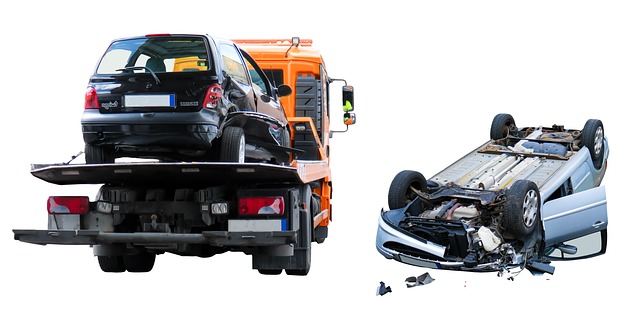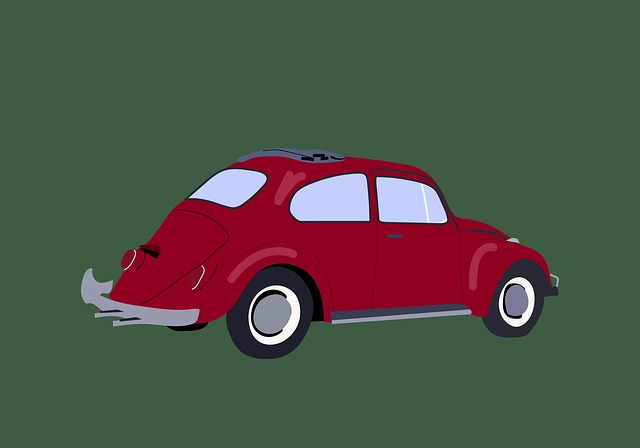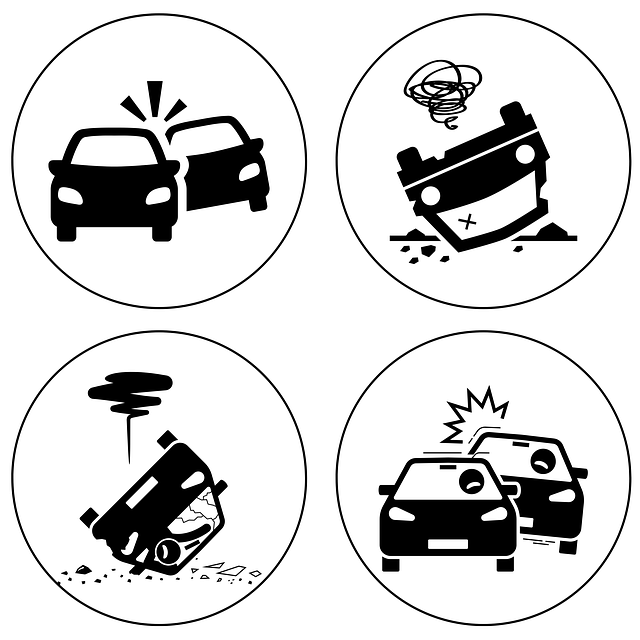Uneven pavement falls pose significant risks leading to injuries and legal issues including real estate disputes and product liability claims. Awareness and proactive measures are crucial for safety. Regular maintenance and timely repairs by authorities are vital for safe public spaces and mitigating legal risks. Understanding slip and trip causes helps assess liability. Preventing such falls benefits both safety and legal considerations, with shared responsibility among homeowners, managers, and public works departments through inspections, prompt repairs, and implementing safety measures to avoid costly disputes and ensure well-being.
Uneven pavement falls are a common source of injuries, with slips and trips being the primary culprits. This article delves into the mechanisms behind these accidents, providing insights into how our feet interact with irregular surfaces. We’ll explore the distinct hazards of slip and trip falls, offering preventive measures to mitigate risks. By understanding these factors, we can enhance safety on public spaces, reducing uneven pavement fall injuries and their potential consequences.
- Understanding Slip and Trip Hazards in Uneven Pavement
- Mechanisms Behind Falls: Slip vs. Trip on Uneven Surfaces
- Preventive Measures for Uneven Pavement Fall Injuries
Understanding Slip and Trip Hazards in Uneven Pavement

Uneven pavement falls can be devastating, leading to serious injuries such as fractures and head traumas. Understanding slip and trip hazards in such scenarios is paramount for both individuals and property owners. Uneven or damaged pavement surfaces pose significant risks, as they can cause a person’s foot to catch, stumble, or suddenly lose balance. These hazardous conditions are often overlooked but can result in costly real estate disputes and even product liability claims if deemed due to defective products.
Whether it’s a cracked sidewalk, an uneven road, or a missing manhole cover, these defects create potential pitfalls. Awareness and proactive measures can help mitigate risks. Regular maintenance and prompt repairs of such defects are crucial responsibilities for local authorities and property managers to ensure safe public spaces.
Mechanisms Behind Falls: Slip vs. Trip on Uneven Surfaces

When navigating uneven pavement, whether it’s a crack in the sidewalk or a loose stone, understanding how falls occur is crucial for prevention and legal contexts. The mechanisms behind slips and trips on such surfaces are distinct but both can lead to serious uneven pavement fall injuries.
A slip occurs when there’s a loss of traction between footwear and the walking surface. This can be caused by smooth or wet conditions, creating a force that pulls the foot away from its normal path. In contrast, a trip is typically triggered by an obstacle in one’s path, causing the body to suddenly change direction, leading to a fall. While both scenarios share consequences like bruises and broken bones, understanding these mechanisms has implications beyond mere safety—it’s also relevant when considering liability, especially in cases involving defective products or negligence, where a car accident lawyer or truck accident attorney might be consulted.
Preventive Measures for Uneven Pavement Fall Injuries

Preventing falls due to uneven pavement is not just about personal safety but also averting potential legal issues like accident compensation claims and real estate disputes. Homeowners, property managers, and public works departments all have a responsibility to maintain safe walking surfaces. Regular inspections are key; identifying and promptly repairing cracks, gaps, or uneven sections can significantly reduce the risk of falls.
Consider implementing better lighting in walkways, especially near stairs or slopes, as good illumination makes hazards more visible. Smooth, well-maintained handrails along staircases and ramps provide crucial support, offering a physical barrier against losing balance. Additionally, using reflective markers on sidewalks and paths can help prevent night-time stumbles. Ensuring these basic safety measures are in place is not just beneficial for the individual but also helps avoid costly insurance coverage disputes related to uneven pavement falls.
Uneven pavement falls are a common concern, but understanding the mechanisms behind slips and trips can empower us to prevent these accidents. By recognizing the distinct hazards and implementing preventive measures, we can significantly reduce the risk of injuries associated with irregular surfaces. Remember, simple adjustments in mindset and behavior can go a long way in keeping ourselves and others safe from uneven pavement falls.






